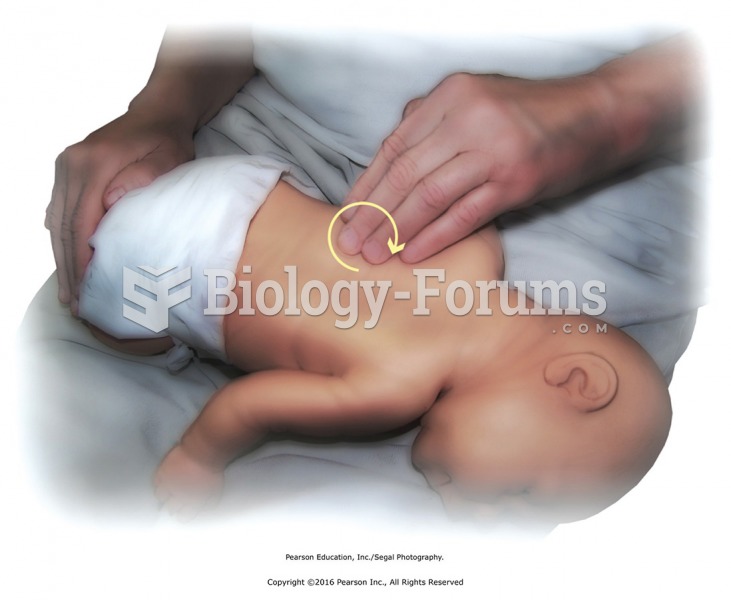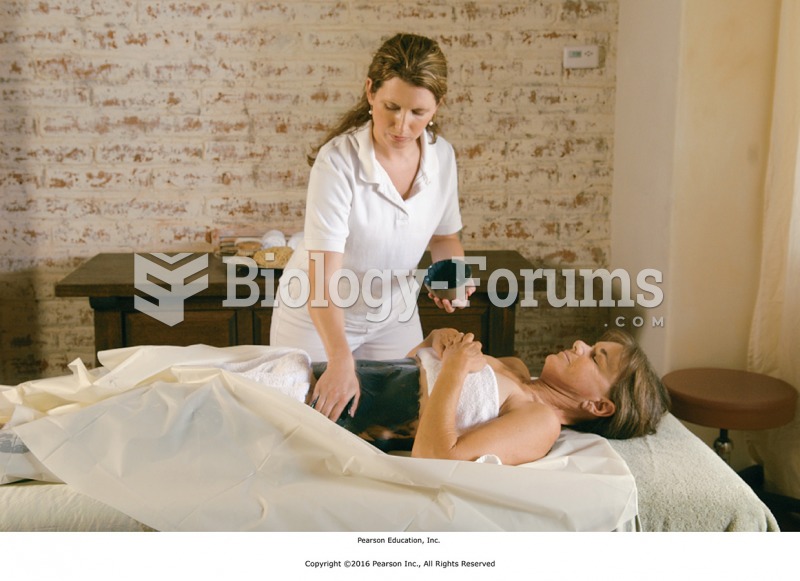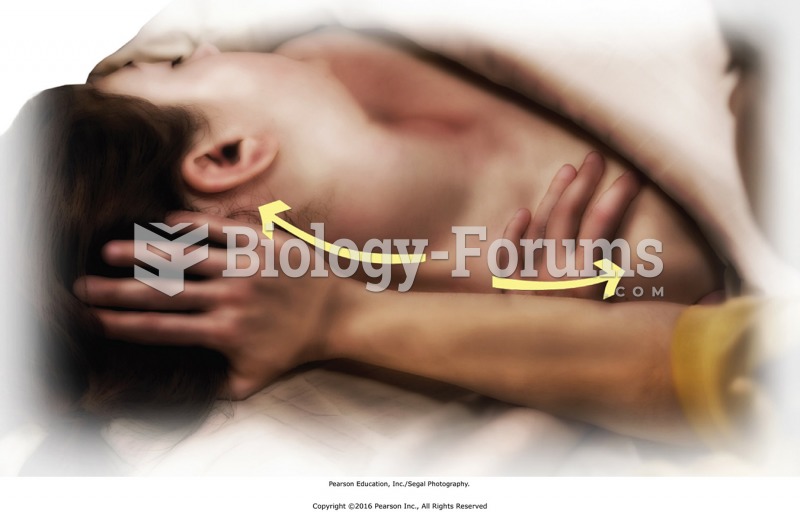|
|
|
According to the National Institute of Environmental Health Sciences, lung disease is the third leading killer in the United States, responsible for one in seven deaths. It is the leading cause of death among infants under the age of one year.
Patients should never assume they are being given the appropriate drugs. They should make sure they know which drugs are being prescribed, and always double-check that the drugs received match the prescription.
If you could remove all of your skin, it would weigh up to 5 pounds.
Although not all of the following muscle groups are commonly used, intramuscular injections may be given into the abdominals, biceps, calves, deltoids, gluteals, laterals, pectorals, quadriceps, trapezoids, and triceps.
Dogs have been used in studies to detect various cancers in human subjects. They have been trained to sniff breath samples from humans that were collected by having them breathe into special tubes. These people included 55 lung cancer patients, 31 breast cancer patients, and 83 cancer-free patients. The dogs detected 54 of the 55 lung cancer patients as having cancer, detected 28 of the 31 breast cancer patients, and gave only three false-positive results (detecting cancer in people who didn't have it).
 Apply the heat source, and ask for immediate feedback on the heat intensity felt by the recipient. ...
Apply the heat source, and ask for immediate feedback on the heat intensity felt by the recipient. ...
 Apply circular fingertip friction on back, moving along spinal muscles from hip to shoulder and over ...
Apply circular fingertip friction on back, moving along spinal muscles from hip to shoulder and over ...





